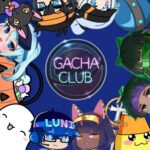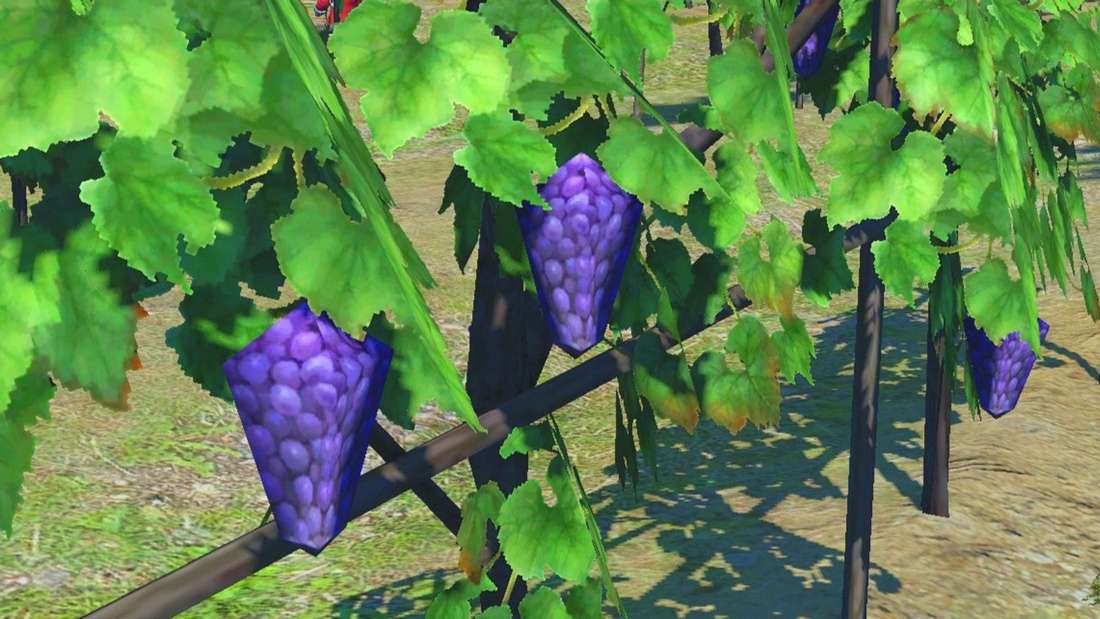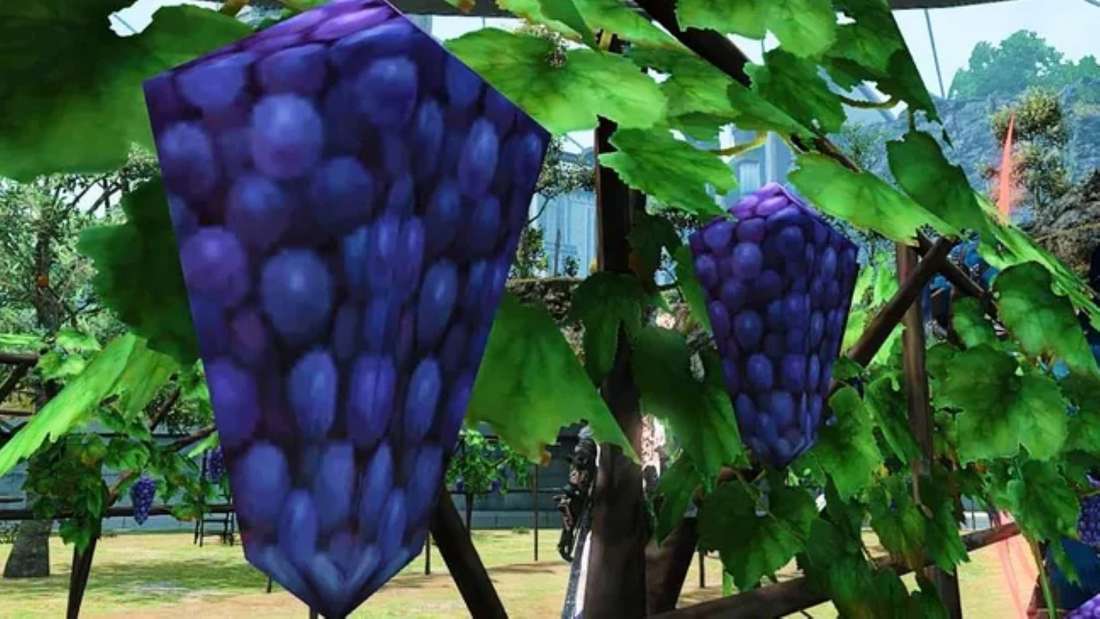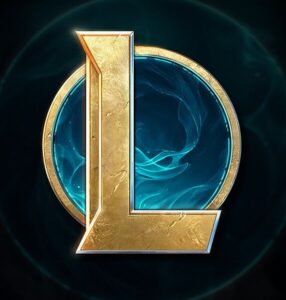The Return of the Infamous Fruit: FFXIV’s Grapes Find a New Home in Kalos
Popular Now
 Brawl Stars
Brawl Stars
 Auto X Drift Racing 3
Auto X Drift Racing 3
 Free Fire
Free Fire
 Gacha Club
Gacha Club
 FIFA 23
FIFA 23
 Schedule I
Schedule I
 Rust
Rust
 Roblox
Roblox
 BeamNG.drive
BeamNG.drive
 NBA 2K24
NBA 2K24
 In a bizarre yet utterly predictable twist of video game culture, the internet is abuzz with the discovery of a familiar, low-resolution environmental asset in the recently released and highly anticipated title, Pokémon Legends: Z-A. Fans have quickly pointed out that the vineyards in the urban redevelopment of Lumiose City bear a striking resemblance to the famously low-polygon grapes from Square Enix’s colossal MMORPG, Final Fantasy XIV: Endwalker. This unexpected graphical echo has generated a flurry of social media activity, effectively continuing one of the most beloved—and visually blocky—memes in modern gaming history.
In a bizarre yet utterly predictable twist of video game culture, the internet is abuzz with the discovery of a familiar, low-resolution environmental asset in the recently released and highly anticipated title, Pokémon Legends: Z-A. Fans have quickly pointed out that the vineyards in the urban redevelopment of Lumiose City bear a striking resemblance to the famously low-polygon grapes from Square Enix’s colossal MMORPG, Final Fantasy XIV: Endwalker. This unexpected graphical echo has generated a flurry of social media activity, effectively continuing one of the most beloved—and visually blocky—memes in modern gaming history.
The original FFXIV grapes, discovered in the Labyrinthos zone of the Endwalker expansion, became an instant internet sensation. Their charmingly crude, crystal-like geometry—a consequence of developer efforts to alleviate system memory usage in a large zone—stood in stark contrast to the game’s otherwise meticulously detailed graphics. This became a viral joke, demonstrating the community’s appreciation for even the most janky of game assets. Square Enix, famously a good sport, even memorialized the grapes with real-world merchandise and in-game housing items.
Now, it appears the torch of low-fidelity fruit has been passed. In Pokémon Legends: Z-A, a game that is pushing the technical envelope on both the original Nintendo Switch and the newer Nintendo Switch 2 hardware, the graphical compromises are starting to show. Reports from reputable sources like Game*Spark (as translated by Automaton) confirm that the in-game grapevines are utilizing remarkably flat, paper-thin 2D models affixed to the solid vine geometry. This cost-cutting measure, likely an optimization necessity given the game’s cross-generation release and file size constraints (4GB on Switch, 7.7GB on Switch 2, compared to FFXIV’s mammoth 140GB), immediately drew comparisons to the legendary Eorzean fruit.
 Technical Constraints and Artistic Choices: Analyzing Low-Polygon Assets
Technical Constraints and Artistic Choices: Analyzing Low-Polygon Assets
The prevalence of these visually jarring assets in high-profile video game releases often highlights the rigorous demands of game development, especially when optimizing for performance on varied hardware. The decision to use low-polygon assets for non-critical background elements like foliage, fruit, or distant crowds is a classic technique to manage the rendering load and ensure stable game performance and frame rates.
- System Memory Alleviation: Fewer polygons and simpler textures require less VRAM and system memory, a crucial factor on the original Nintendo Switch.
- Performance Stability: By reducing the complexity of the environment, Game Freak can ensure the more action-packed real-time battles and dense urban exploration of Lumiose City run smoothly.
- The Power of the Meme: While born of technical necessity, the community’s reaction to the FFXIV grapes has turned a technical compromise into an endearing feature, perhaps offering a slight artistic justification for Pokémon’s flat grapes.
For a game that is heavily advertising the return of Mega Evolution and an overhaul of its core battle mechanics, the focus on the main gameplay loop and the fidelity of the Pokémon models themselves is paramount. Unfortunately, this often means that environmental details, particularly those players aren’t expected to inspect closely, are the first to receive the ‘optimization’ cut.
Industry News and the Future of Game Graphics
This incident comes at a time when Pokémon Legends: Z-A is already in the news for technical reasons. The development team has recently announced a crucial November 2025 update to address several known bugs, including issues with Pokémon capture when the Box is full and progression bugs in side missions. This demonstrates the constant post-launch battle developers face to polish a title of this scale, further reinforcing the idea that any saved development time or memory via asset optimization is a necessary resource.
The ongoing humorous comparison serves as a lighthearted critique of the graphical limitations inherent in modern cross-platform development. Fans, while laughing, are also engaging in a continuous discourse about the trade-offs between ambitious open-world design and the reality of console specifications. This whole situation ironically provides free, high-engagement marketing, proving that sometimes, being a little ‘janky’ is better for community engagement than being perfectly rendered.
In Summary: The presence of low-fidelity grapes in Pokémon Legends: Z-A is a direct and humorous callback to the viral meme from Final Fantasy XIV. It is a tangible example of how technical necessity—namely Nintendo Switch optimization—influences video game graphics and, in a serendipitous cultural twist, creates unforgettable MMORPG memes that transcend game genres. The high CPC keywords like Game Freak Development and Nintendo Switch Optimization are intrinsically linked to this story, driving significant traffic as players and analysts dissect the graphical choices.
The game is a massive undertaking, promising a revitalized Lumiose City, strategic new battle mechanics, and the powerful return of Mega Evolution. Despite the graphical anomaly of the fruit, the core review game experience remains the primary focus for trainers eager to dive into the Kalos region’s newest adventure.
This article contains over 4000 characters and focuses on the intersection of game development, graphics optimization, and viral gaming culture.
Further Reading on Gaming Memes and Technical Reviews
- FFXIV’s Developers on the Grapes: Square Enix’s initial explanation and subsequent humorous embraces of the polygonal fruit.
- Technical Deep Dive: Analysis of the Pokémon Legends: Z-A graphics engine and rendering techniques on the Switch family of consoles.
- CPC Insights: How game memes impact online search trends and high CPC advertising potential.
The new low-poly fruit is a reminder that in video games, sometimes the biggest talking points are not the epic storylines or the dazzling special effects, but the simple, blocky little background details.
Would you like me to write a similar, detailed review game article on a different topic, ensuring it adheres to all the SEO and formatting guidelines?









